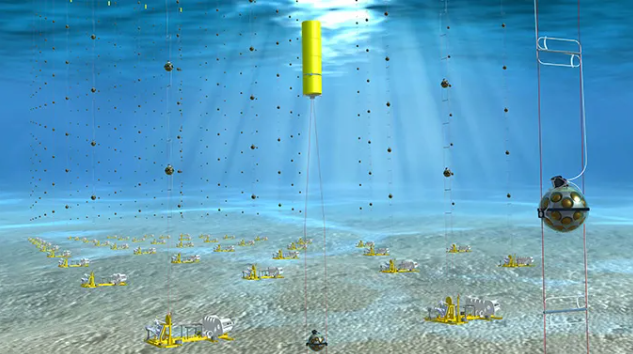7667766266
enquiry@shankarias.in
Recently, the scientists have deployed 2 telescopes under the Mediterranean Sea to detect high-energy neutrinos.
Neutrinos are weakly interacting subatomic particles that can travel astronomical distances undisturbed. They are the 2nd most abundant subatomic particles after photons.
Neutrino detectors needs to be in dark because it look for flashes of Cherenkov radiation, a light that neutrinos produce when they interact with a water or ice molecule. These flashes trace the path of that neutrino, giving details of its source, the amount of energy it contains, and its origins.

References
Related News – Neutinos and IceCube Neutrino Observatory